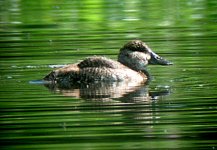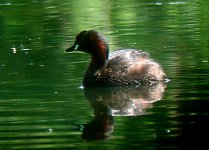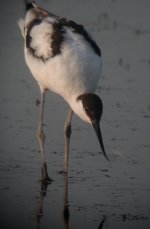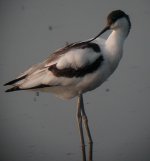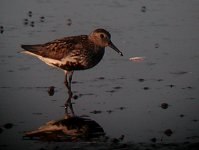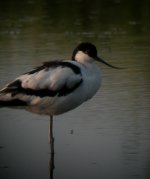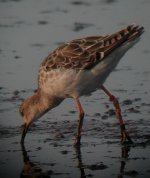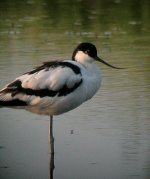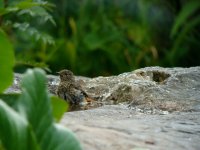Marcus,
Couple years here and still learning. Seems it goes in stages - I find something that works then stick with it until something better works, etc. I went through the aperture/shutter priorty and even tried Andy's macro suggestion and have ended up using Scene Setting. I use an Oly C-60 with Scene set so max DOF is achieved.
One piece of equipment we have in common is the Kowa (sort of - I use the 821). If you care to look - these are my better results
http://www.birdforum.net/pp_gallery/showgallery.php/cat/500/ppuser/9499
My mentor is Forcreeks who uses the same scope as yours - a real pro, you may want to look up his gallery also. The scope's focus is one of the best, I've found it's only my limitations that screw it up. My tri-focals have caused problems too. Reason I'm talking focus is the reed bunting pics which I love. Tough to analyse but your focus of the right one seems to be a fraction in front of subject. I focus using the monitor and use an extend a view (see products reviews).
After you have gone through the confusion stage try to simplify. I like to look at it as a simple 3 or 4 stage process.
1 Aim
2 Focus
3 Shoot
4 Maybe develope
Number 1
My adapter is easily removable and when in woods camera is generally off but when subjects are close it goes on. I use a sight to get onto the bird and have a smooth tripod head to keep on the subject. Sometimes I use my nose to nudge the contraption to center the subject since my right hand is on the focus and left on the release.
Number 2
To test focus get on a good viewer program and study the pixels close up. You can tell if movement has caused a blurred image or focus. Movement causes a directional
arrangement to the pixels and focus a uniform arrangement. The equipment can do incredible things which I found out when I got the Ruby throated hummer.
Number 3
Easy part as long as the equipment dosn't move. For faster subjects I'm just learning to use burst. Just tried it this morning and found I can take 4 pics in just over a second. Forcreeks is experimenting with a new camera and has implied catching a moving bird with a digiscope - I bet he will.
Number 4
Andy B has discussed using programs to remove abberation, etc. I think most people opt for expensive equipment rather than developing the negative. You can't fix a bad image but just about every good image can be improved. I've had a couple pics where one end of the bird was just out of focus so I fixed it. Or a bright spot off the subject ruins the composition - just fix it. After all the work Ansel Adams did to get a good negative he still used burning and dodging to improve it.
Anyway thats my 2 bits worth -good luck
Joe




